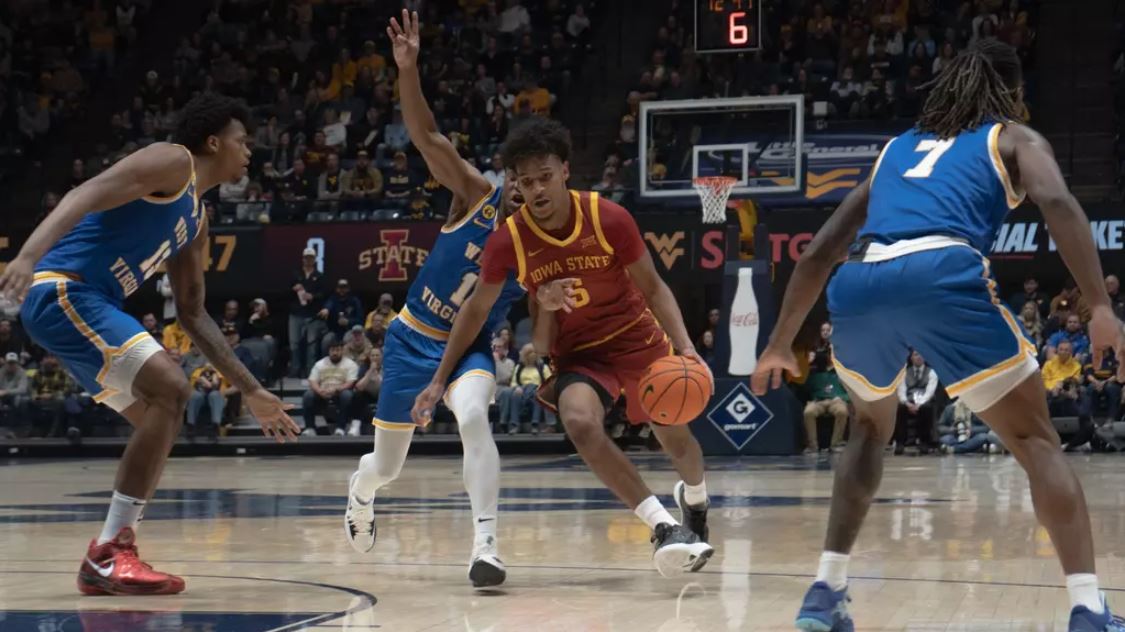Deere to fund virtual reality research projects
November 1, 2004
Continuing a decade-long collaboration with Iowa State, Deere & Company will fund five virtual reality research projects at Iowa State to simulate product function and help design better machines.
Deere is continuing its support of the VRAC for business reasons like staying competitive, reducing the cost of product development and being more innovative in its design solutions, said Jerry Duncan, manager of collaborative science at the John Deere Technology Center in Moline, Ill. John Deere has been using the ISU Virtual Reality Applications Center since 1994 to gain a more competitive business edge.
“We’re definitely benefiting,” Duncan said. “We not only have the research results, but also the personnel that we’ve attracted from Iowa State. We’ve hired four or five students from the VRAC program over the last several years.”
Manufacturers are under stress to quickly produce products that are closer to what their customers want, said James Oliver, director of the VRAC.
“The faster you can respond to customer desires, whether those are problems with existing products or new features that you think they might like, shortening the product development process is critical,” Oliver said. “For John Deere, this is going to make them more competitive.”
Part of the funded research includes interactive design reviews, in which a group of engineers, marketers and others evaluates a design and make modifications, Oliver said. With current technology, it can take several days to a week to make changes in the simulation.
“The whole process of going from design to a VR design review takes too long, and the goal of this project is to reduce that amount of time so it can almost be done in an interactive fashion,” Oliver said.
Another project will develop software to help engineers combine virtual environments and work together on projects, even if the engineers are thousands of miles apart, Oliver said.
Researchers will also aim to make better use of computation tools that engineers already use for complex 3-D analyses of air or fuel flow in a vehicle, Oliver said.
“It’s a very difficult engineering challenge to make sure [the flow] is right and doesn’t clog up in places, and how you size everything,” Oliver said. “This project is aimed at enabling you to look at those results in 3-D true scale to the vehicle, so you’re essentially part of the flow, and you can fly around and get a look at these things, and basically much more quickly interpret what’s going on in a very complex flow field.”
The VR research will impact how all of Deere’s products are designed, Duncan said.
“It allows us to include customers in the product development. They can visualize the future products and give us their assessments of it in the virtual world rather than having to wait until it’s a physical prototype,” Duncan said.
Deere committed to giving the grant at a recent ceremony, but at Deere’s request, the specific amount of the grant is not yet being publicly released, Oliver said.
“I think this is fairly leading edge research for them; they’d rather not draw attention to it. They don’t want their competitors gaining undue advantage.”






